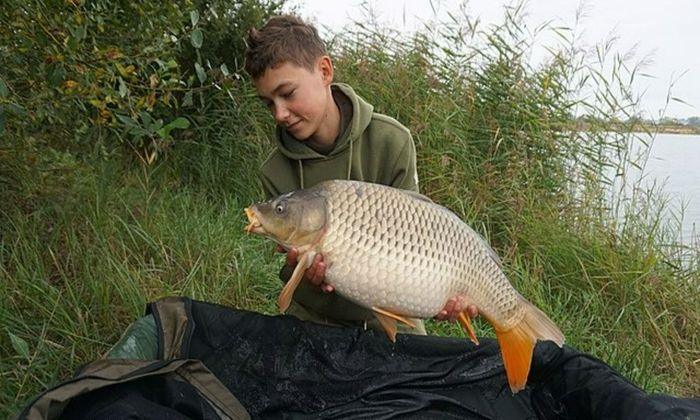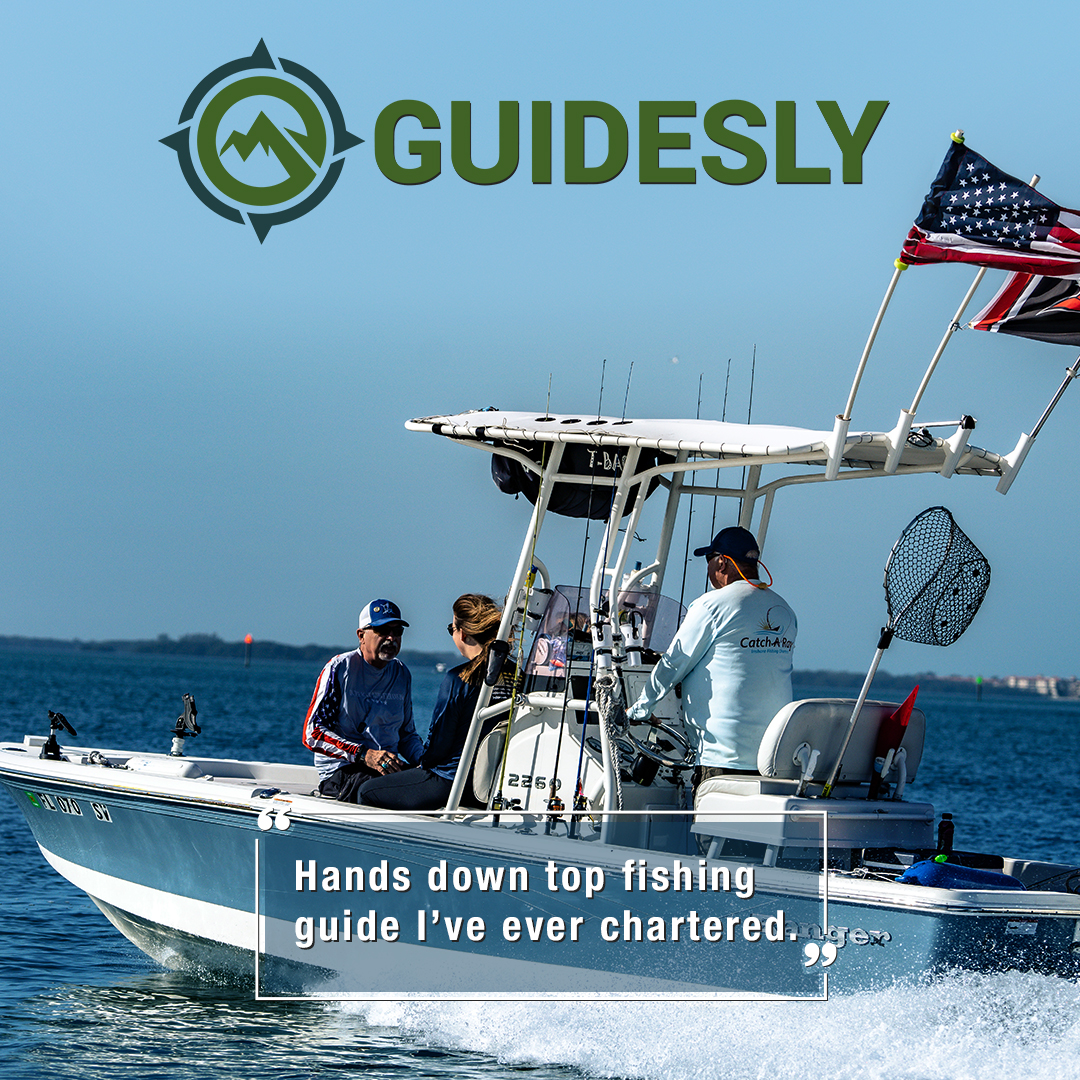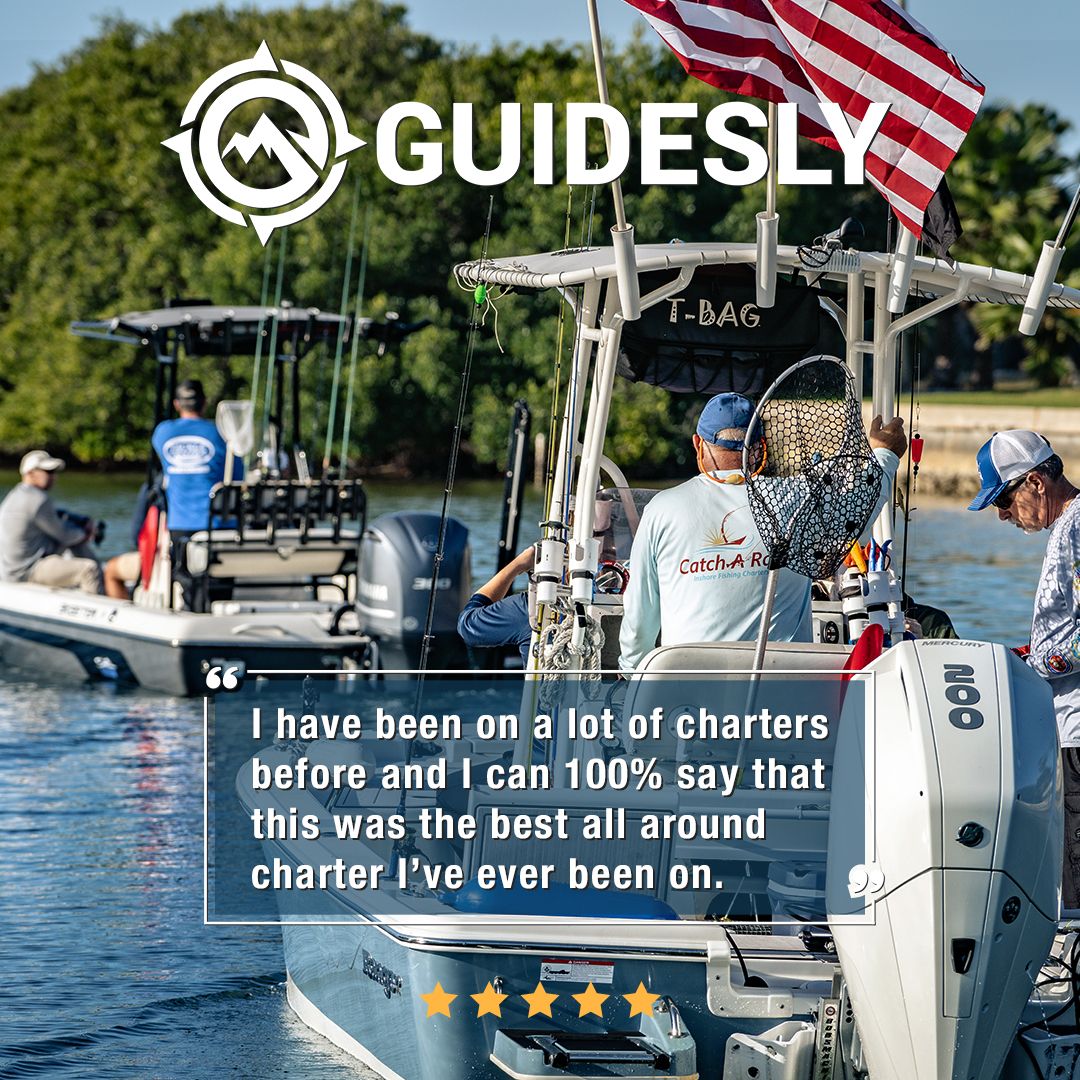10 Tips for Carp Fishing
Keen on targeting carp? This guide gives you some tips and tricks on how to fish for them more effectively.

10 Tips for Carp Fishing

Anglers are gradually growing their appreciation for the challenges that carp fishing provides. The fish were once considered rough, inedible, and mediocre targets, but anglers have realized that they show many behaviors commonly found in bass species. And we all know even the most veteran anglers have had their skills tested with those fish.
Carp are mighty fighters that can be targeted and caught from shore. Finding them nowadays isn’t that difficult because you can spot them in just about anybody of freshwater; ponds, creeks, lakes, and rivers. They are bottom feeders, meaning they are usually found scavenging for food at the bottom of the water. Carp fish, aka common carp, are initially from Europe and Asia and were eventually introduced to the United States in the 1800s. Carp are considered a staple food source and are among the biggest freshwater fish in this day and age.
Whether you're just starting or are looking to change up your angling game, here are some fishing tips you need to know on how to score carp and level up your all-around carp fishing game:

1. Set Up the Right Rod and Reel Combo
Choose a rod and reel combo that will be useful in several carp fishing situations. Also consider what type of fishing you'll be doing, whether it be fly fishing or other techniques. The ideal universal setup is having a 12-foot long medium action rod with a 3 to 5-pound test curve. A medium-action rod is perfect because it allows you to be precise with casting and fighting.
Greater casting distances are achieved by having a long rod. But if you’re casting at a shorter distance, for instance, fishing in a river or small ponds, you won’t need to worry about how long your rod is. A short rod is also advantageous if fishing along shorelines and vegetation with tight spaces.
When it comes to reeling size, which should be compatible with your rod, anything between 4000 and 10000 can be used. If you’re beginning to learn how to catch carp, you’ll probably target small to medium ones. Go for smaller reels up to 6000 if that’s the case. Professional anglers sometimes opt for bait runners, which should be strong enough to handle carp.
2. Use the Right Fishing Line
You'll need a fishing line that's strong but unobtrusive. This is because carp are heavy and strong, but they spook easily and are extremely cautious; a braided line is a good option because it is light and strong. Using a fluorocarbon leader line is also a good idea because it is sturdy and almost invisible. Use suitable colors and set up your lines, leaders, and rigs as adequately as possible so you’ll avoid scaring away carp.
3. Have the Right Rig
You’ll find a vast array of carp rigs because certain types are used in different circumstances. Some are used in gravel, some in weedy areas. Some rigs can be used for any situation, while others perform better with specific baits.
A simple hair rig can work well in any condition except in dense weed or silt. Another good option is the pop-up rig which is easy to set up like the hair rig. A more costly alternative is buying ready-tied carp rigs, which work very well. At the end of the day, the carp rig of a keen carp angler should suit your technique and at the same time, would be able to help you hook big carp,

4. Get the Right Hook
One of the most daunting things for carp fishing is setting up the hook. It can be a nightmare for most anglers because of how much of a factor it is in scaring off the fish. Start with circle hooks because you can easily set them up. Also, consider the rigs you’re using, as some require specific types of hooks.
Use smaller hooks and keep them sharp. Opt for hidden or dark hooks because carp can be deterred over shiny ones due to their excellent eyesight. You should be able to hook bait properly if you want to have a chance of catching carp big fish.
5. Use Rod Pods and Bite Alarms
Both of these tools can be very useful because a rod pod will help you rest your arms and hands, while bite alarms will inform you when you get a possible strike or any action on your bait. A rod pod can also help you be more precise and eliminate unnecessary movement in your line. If you are fishing with multiple rods, set them up at different angles and distances to get more coverage and assign other audio or visual alarms to know which one sees action.
6. Determine the Right Time and Season
Carp are most active in low light conditions, so it’s best to fish for them during dawn or dusk. If it’s cloudy, you might get lucky and find them active all day. Carp can be caught all year, but you might have a hard time in the winter because they tend to be slow at that time. Winter carp is a popular target for a carp angler who likes to go night fishing. In the summer, try to target them at night when water temperatures are lower. It also doesn't hurt to research a local catch report of specific waterways your planning to go to. This helps you know when the fish are most active.
7. Best Carp Baits
Carp is a fish that responds well when you use bait and do some pre-baiting. The most popular baits are sweet corn, bread, boilies, dough balls, and worms. These baits work better if you pair them with attractants, coloring, or spices. Lures with sweet flavors are terrific to use in cool seasons, while baits with stronger scents are great in the summer. You'll find that there are a wide variety of carp fishing bait to choose from.
8. Chum for Carp
Chumming the water is another carp fishing tip that is a tried and true method of luring carp to your hook. The key to chumming for carp is not to overdo it. Fish with full bellies are less likely to strike your bait and hook. The best way to go about it is to throw a handful of whatever bait you're using on the surface and cast your line in the same area.
9. Locate the Carp
When locating carp, a good place to start is to move northeast in whichever body of water you’re in. This area will be exposed to the sun but can still avoid colder winds. As for holding spots, look for reeds, weeds, and drop-offs.
10. Switch Up Your Technique
Switch up your usual fishing routine and try to bowfish for carp. Though it is known that carp fly fishing is very common, carp and spotted fin are excellent targets for this method because bowfishers can aim accurately where the fish are usually found; mid-level depths close to the bank or shoreline.
Consider trying out carp fishing if you’re looking for your next thrilling and fun challenge as an angler. Follow these carp fishing tips discussed in this guide to better grasp preparing for a successful carp fishing session.




